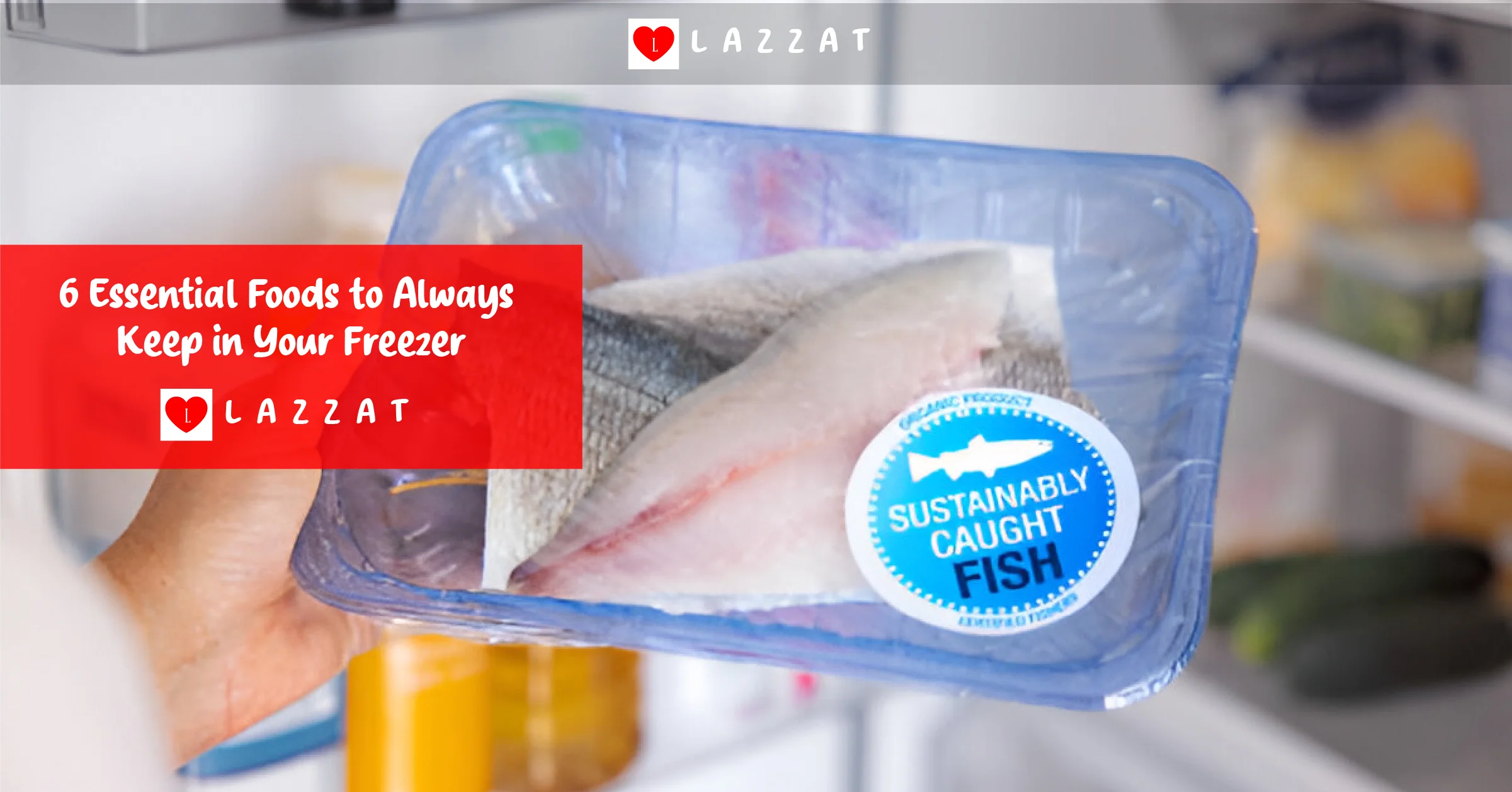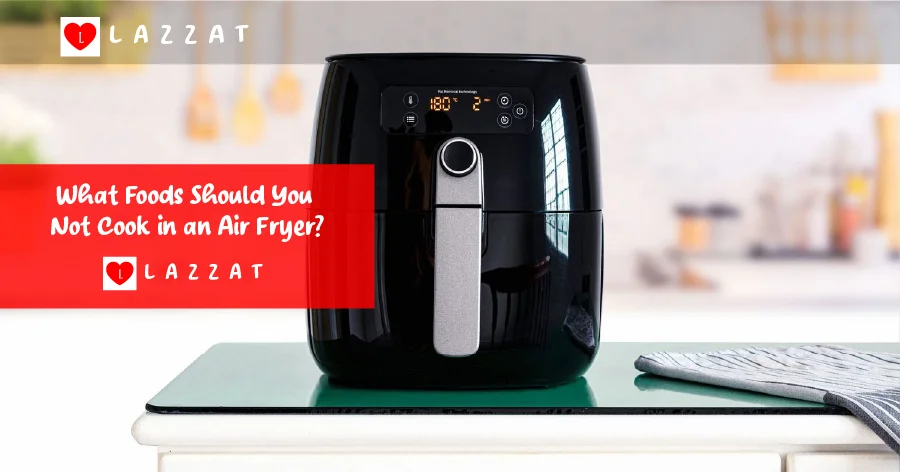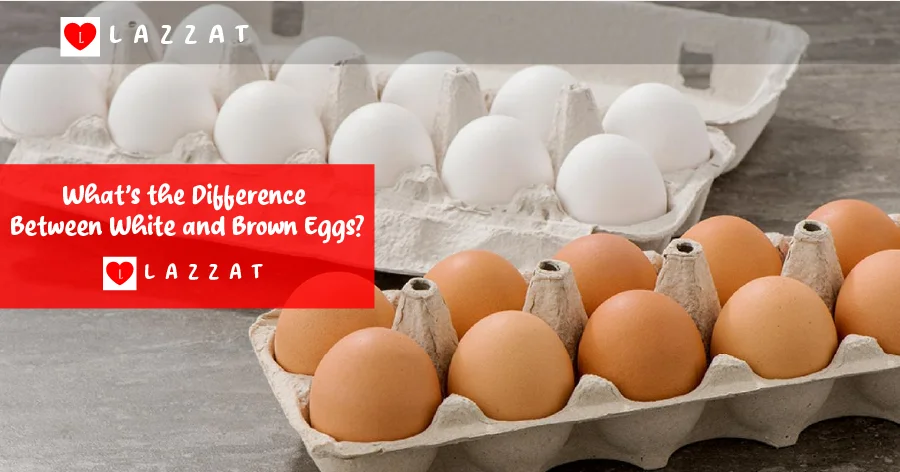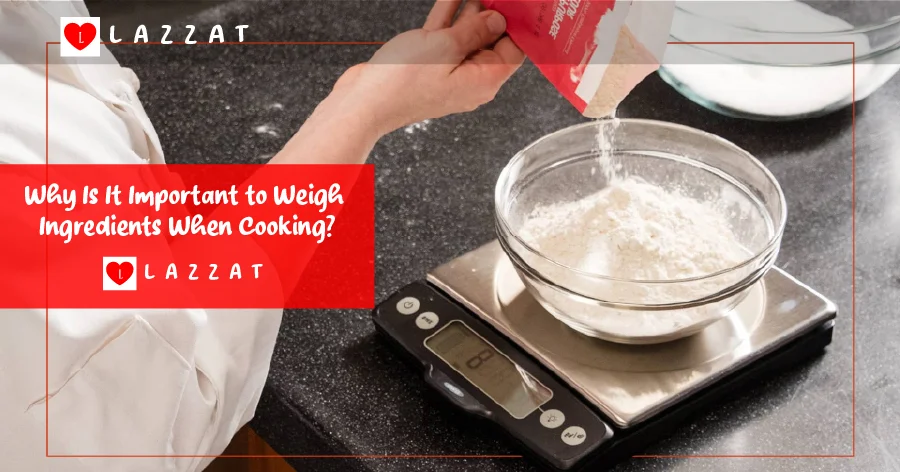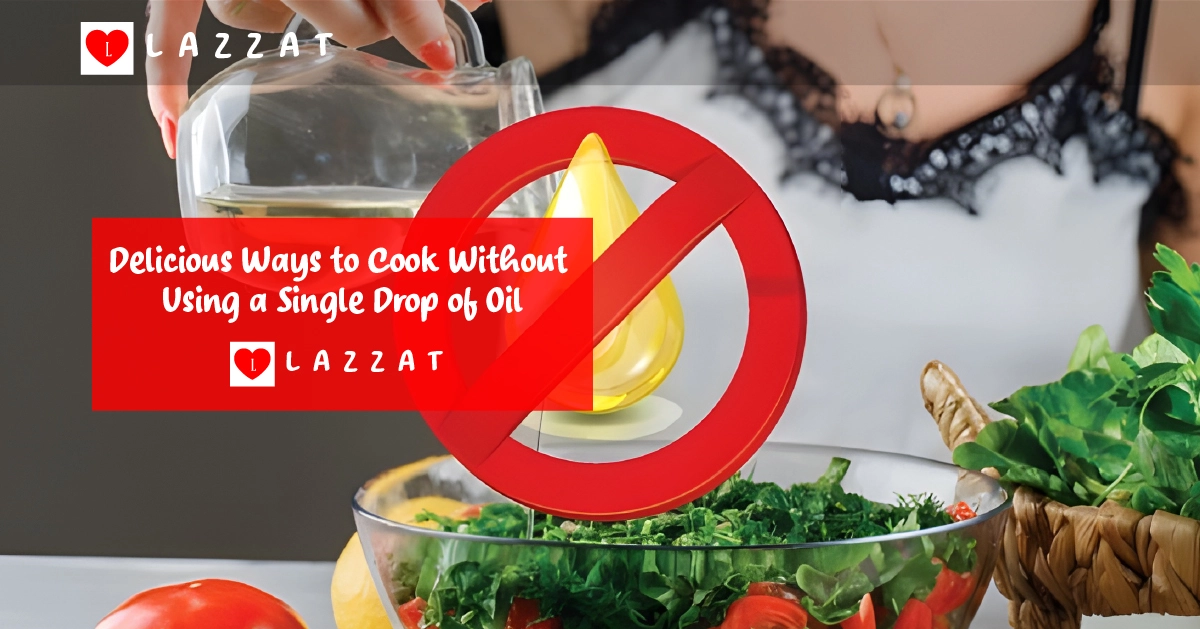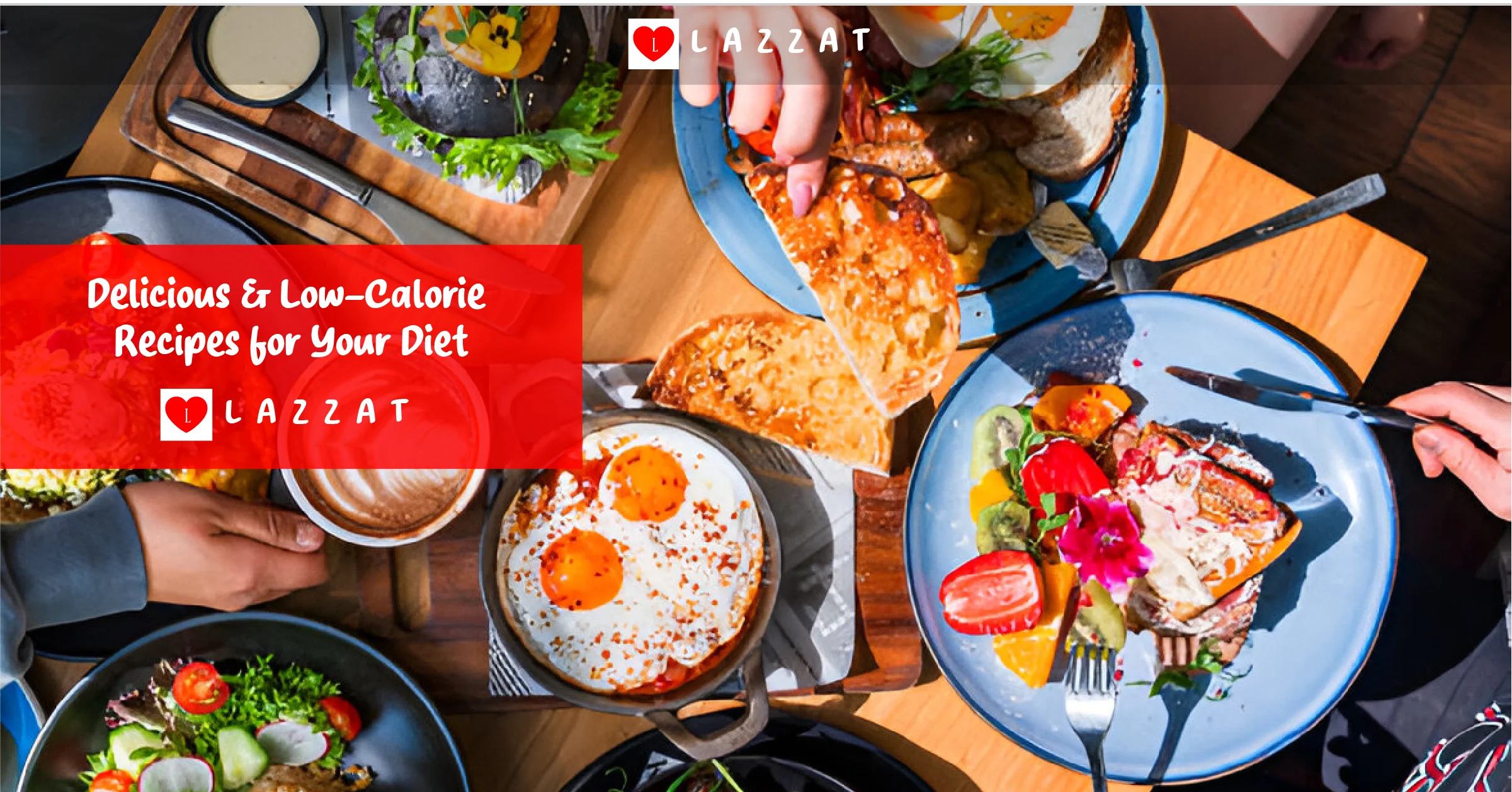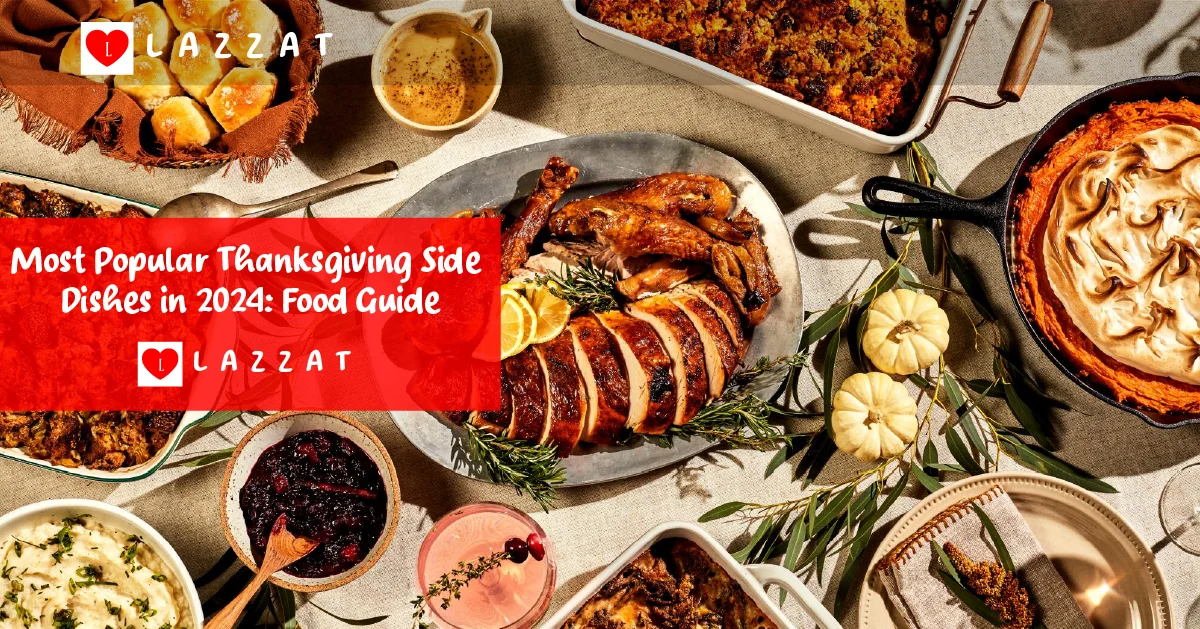Ever opened your freezer and found nothing but ice cubes and mystery meat? A well-stocked freezer is like a culinary safety net—it saves you from last-minute grocery runs, reduces food waste, a...
The type of flour you choose can change how your cookies turn out. All-purpose flour is common for cookies, but can bread flour work too? This guide will look at the differences between ...
Air fryers have changed the way we cook at home. They offer a healthier and easier way to fry food compared to traditional methods. But, not every food is good for the air fryer. In this article, we&#...
Egg shell color often sparks debate, with many thinking brown eggs are healthier. But, the truth is, eggshell color mainly depends on the chicken breed. It doesn’t affect the egg’s nutri...
As a home cook or professional chef, getting your ingredient measurements right is key. It’s all about achieving the perfect texture, flavor, and consistency in your dishes. Whether it’s a...
Starting to make your kitchen healthier and more sustainable is a great first step. This article will show you seven ways to make your kitchen safe and waste-free. You’ll learn about using eco-f...
In today’s fast world, keeping food fresh is key. Luckily, you can use old and new ways to keep food good without a fridge. This guide will show you how to keep your food fresh, using natural me...
As a home cook, you might have heard about stainless steel cookware. It’s known for its durability, heat conductivity, and top-notch performance. Chefs and home cooks love it for these reas...
Cooking can be a delightful journey or a nutritional minefield, depending on how you approach it. The way you prepare your food can either maximize its benefits or diminish its health value. In this g...
Imagine a world where you can enjoy tasty, healthy meals without oil. Sounds good, right? In this guide, we’ll show you how to cook without oil. You’ll learn both old and new ways to make ...

